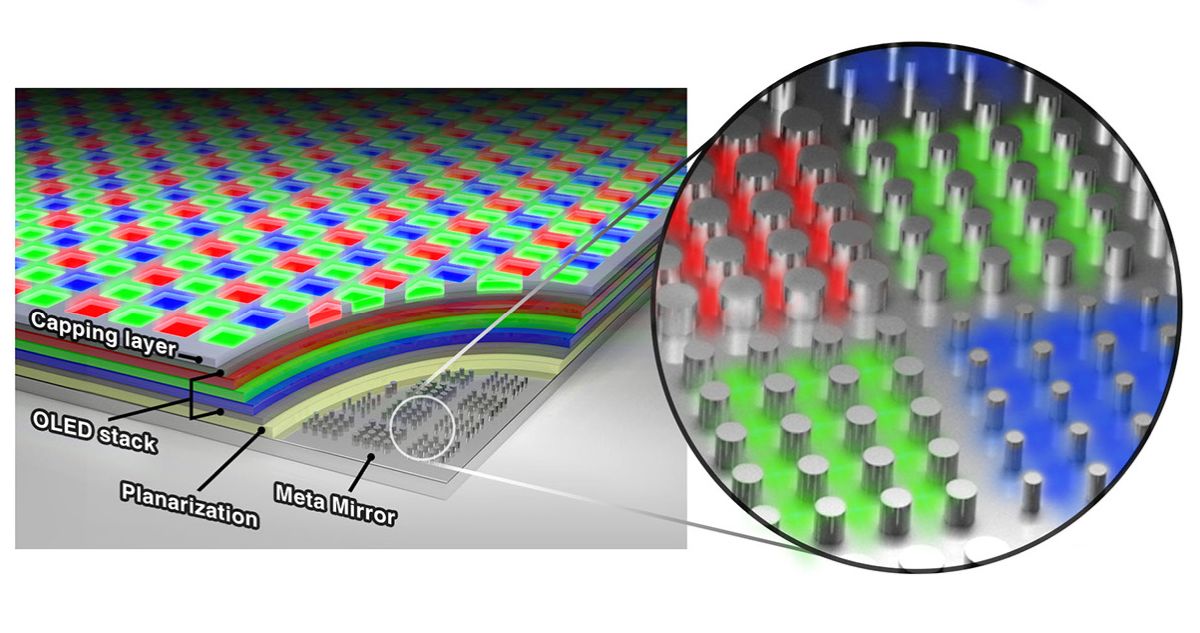To break it down, the new OLED display uses a base layer of reflective metal with “nanoscale corrugations”, which is also known as an optical metasurface. The metasurface can then be used to manipulate the reflective properties of light, allowing different colours to resonate within the pixels.
Ideally, using this display in both AR and VR applications would enable developers in the video game or VR industry to create a seemingly flawless image for users and future headsets. Primarily because researchers believe that having such a high PPI display would eliminate the “screen door” effect in headsets, as well as the issue of individual pixels standing out. Also, the brightness of such a display is less compromised than what you’d with displays powered by white OLEDs. At the time of writing, Samsung is said to be working on a “full-sized” display using its 10000PPI display technology, but has provided no indication as to when it intends to make it available, and the ongoing COVID-19 pandemic just makes it even harder. (Source: Engadget, Stanford, IEEE Spectrum)
